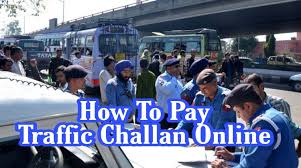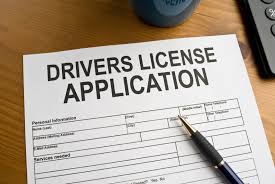IRCTC Tatkal seems to be one of the greatest benefits for the travellers this Holiday season as they get their berths confirmed via online progress.
Effective 2018, Indian Railways
had introduced a series of new Tatkal rules, which had been redesigned to provide maximum convenience and ease for travellers.As the holiday season began across India with summer vacations, it is important for you to be updated on the new rules.
had introduced a series of new Tatkal rules, which had been redesigned to provide maximum convenience and ease for travellers.As the holiday season began across India with summer vacations, it is important for you to be updated on the new rules.
Tatkal Tickets 2018 Rules:-
Time :-
For AC Train tickets under Tatkal quota, the booking timing starts at 10 AM, and for Non-AC tatkal tickets, the booking time starts at 11 AM. Tatkal tickets can be booked a day prior to the departure of the train from its origin station.
Cancellation :-
Tatkal tickets cannot be cancelled, once booked. However, there are some exceptions: If the train is late by more than three hours, then the passenger can cancel the tatkal tickets and claim the full refund. Besides, in case the route of the train is changed or diverted due to any reason, and the passenger doesn’t want to travel on that route, then cancellation is possible, with 100% refund.
Now, in case the route the diverted, and the passenger’s boarding or destination points are not there in the new route, then cancellation of tatkal tickets is possible, with 100% refund. In case the passenger is allocated a lower berth, then cancellation is possible.
Charges :-
Now, the most important aspect: Tatkal charges.
As a basic rule, Tatkal is always 10% of the basic are of 2nd class, and 30% of the basic fare for all other classes.
Here is the chart, which will help you further:
| Class of Travel | Minimum Tatkal Charge | Maximum Tatkal Charge | Minimum Distance for Charge in Kms |
| Second (Sitting) | 10 | 15 | 100 |
| Sleeper Class | 100 | 200 | 500 |
| AC Chair Car | 125 | 225 | 250 |
| 3rd AC | 300 | 400 | 500 |
| 2nd AC | 400 | 500 | 500 |
| 1st AC | 400 | 500 | 250 |
Premium trains like Shatabdi, Rajdhani, Indian Railways has already introduced dynamic pricing, which is based on the demand and supply rule: Higher the demand for berths in a particular route, higher the charges.
But dynamic pricing has been found to be too steep for some sectors, and Indian Railways is planning to scrap them and introduce a new AI-based flexi-pricing. For more information do check IRCTC












